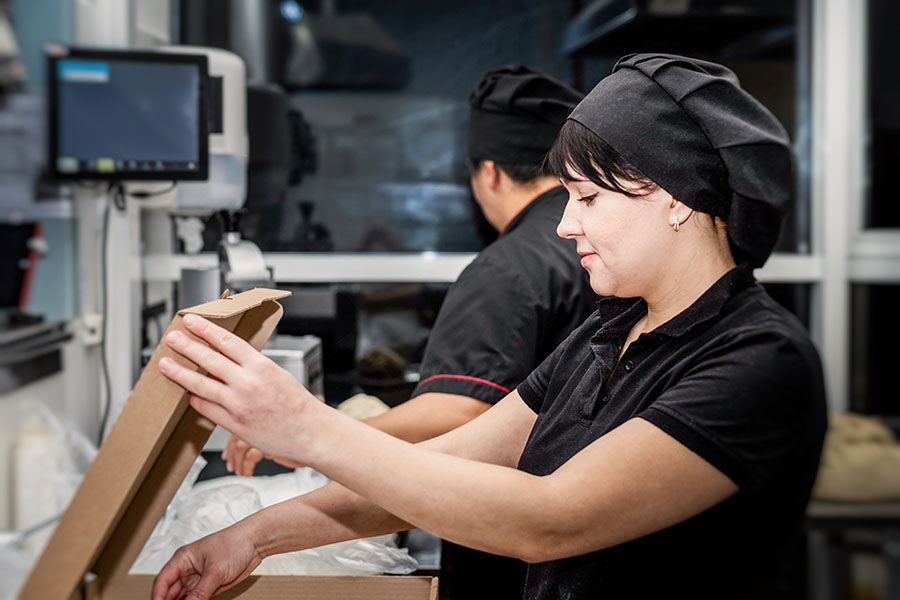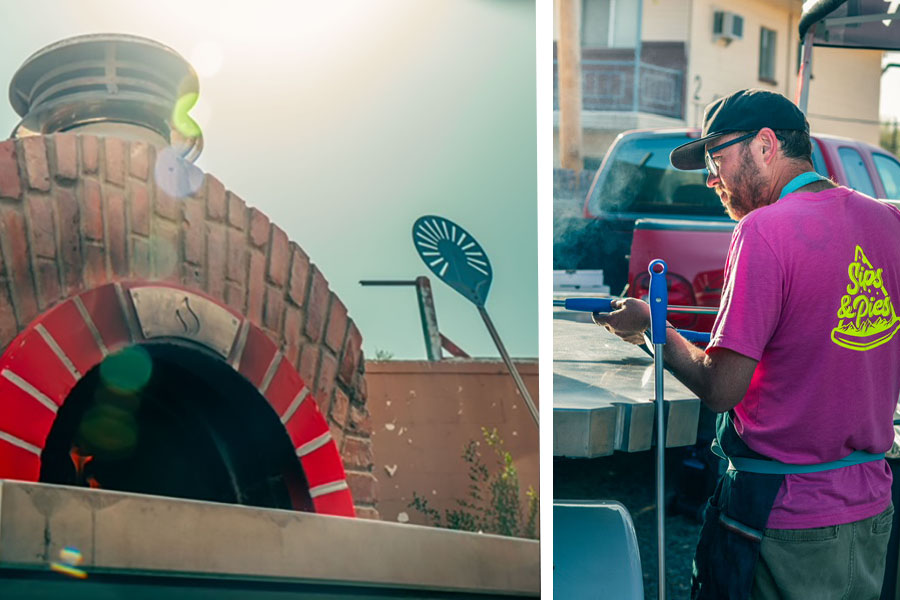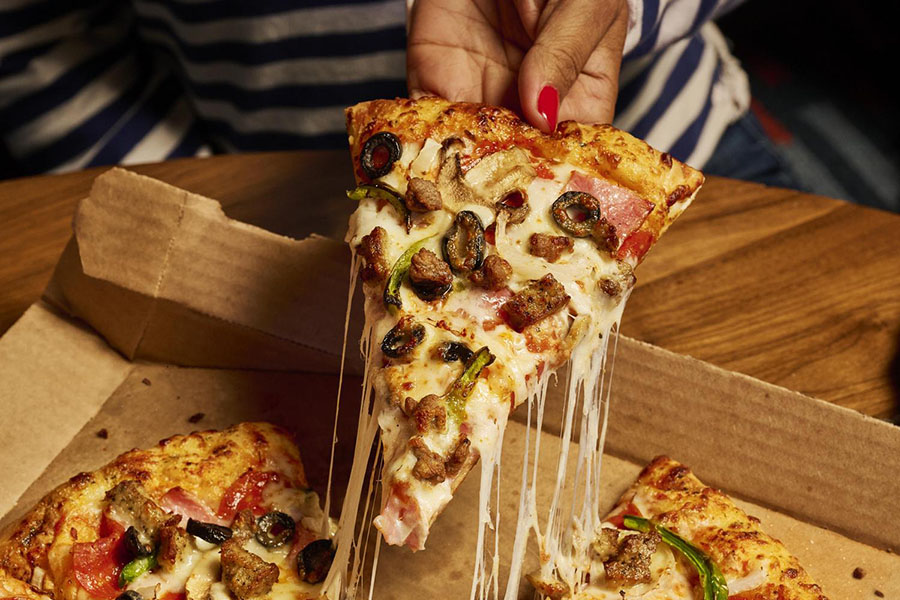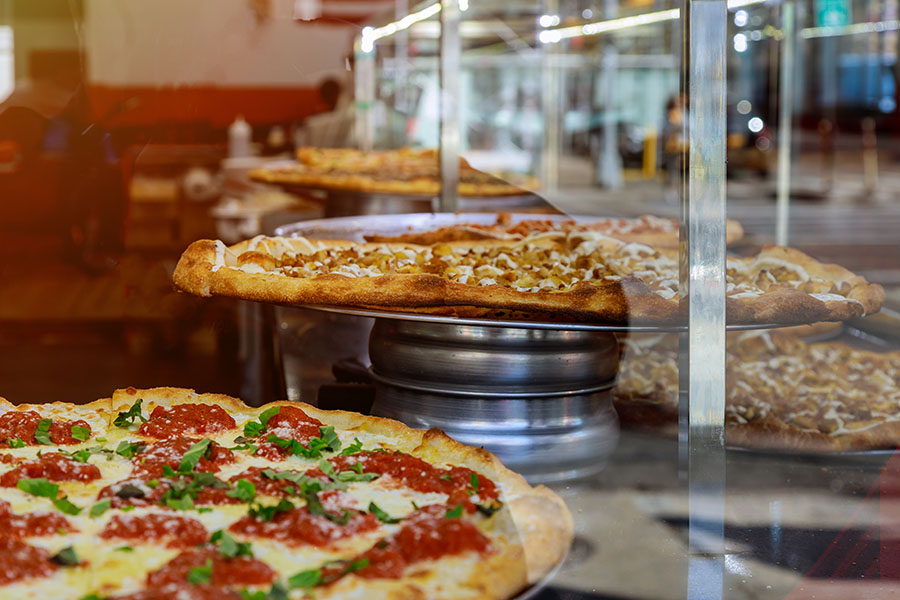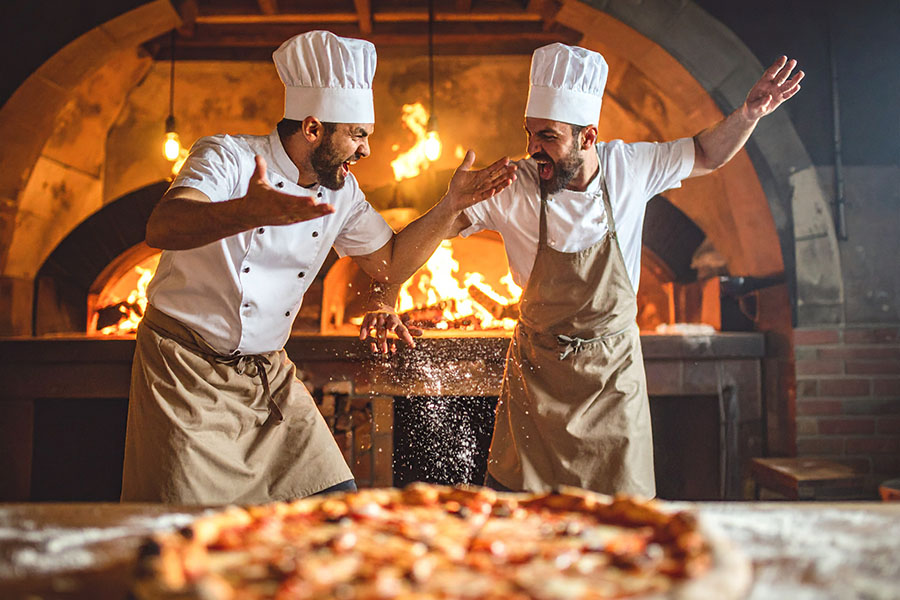
TavernaRossa.com offers menus in a user-friendly format.
Visitors visually take in, and then judge, a Web site in just 50 milliseconds, according to a Google study on first impressions. That’s not much time to grab the attention of browsing customers –– and better yet, invite them to stay.
In today’s ever-expanding online environment, having an eye-catching Web site not only makes your pizza stand out among the competition –– it also helps you truly own your Internet presence, notes Sherry Holub, creative director at JV Media Design, a web design company in Oregon.
Unlike reviews that might show up on sites like Yelp!, a Web site allows you to highlight what your pizzeria does best. You can relay key information to customers about your hours and location, your most popular pies and background information or unique facts about the place.
And just as you want your restaurant to look appealing when a hungry customer walks in, you’ll want your online presence to draw in potential diners before they click elsewhere.
“First impressions are lasting ones,” explains Holub.
Creating an attention-grabbing site requires an investment of time and funds. Fortunately, there are plenty of tools and resources to guide you along the way.
Follow these strategies to make your Web site sizzle this year:
1. Keep it simple. A cluttered homepage will make it tough to locate the most important information about your restaurant.
Instead of filling up pages, consider what consumers coming to your site will be interested in. They’ll likely want to know your hours of operations, address, and a way to get in touch.
Place the days and times your restaurant is open in a prominent spot. A map or set of directions listed alongside the address can help diners locate you on the ground.
“Make sure your contact information is easy to find,” advises Holub. “Many times, a customer may just be looking for the phone number to call in.”
2. Entice through pictures. “Pizza is the best-looking food on Earth, so your Web site should contain numerous visuals of the menu items,” advises Nathan Yates, owner and lead Web site designer at Forward View Consulting in Virginia.
 “Use images of pizza as Web site background images or create a full-screen pizza photo for your homepage,” suggests Yates. “Show melty, bubbling cheese and lots of colorful toppings in the pictures.” Photos featuring how your pizzas are made, such as a shot of a brick oven or picture of the dough being prepared, work as well.
“Use images of pizza as Web site background images or create a full-screen pizza photo for your homepage,” suggests Yates. “Show melty, bubbling cheese and lots of colorful toppings in the pictures.” Photos featuring how your pizzas are made, such as a shot of a brick oven or picture of the dough being prepared, work as well.
You can even create the Web site’s color palette from a photo of your ingredients, says Yates. Try using red tones from the sauce, green from the peppers and golden hues that resemble the color of the cheese on your pies.
“It’s one thing to take a quick snapshot of a dish for your Instagram feed or social media, but quite another to have poorly lit, badly done photos on your Web site,” explains Holub. “Many potential customers are checking you out for the first time via your Web site, so make sure to put your best food forward and hire a photographer to shoot your best pizzas and other dishes.”
3. Create an experience. Visit Buddyspizza.com, and you’ll immediately get an idea of the restaurant’s history, menu offerings and what type of atmosphere you’ll find when you go to the place.

S & J’s Woodfire Pizza uses video to help visitor experience.
“When we were designing the site, our theory was if someone has never been to Buddy’s, if they come across the site and see the site, the feel of it should be just like walking into the restaurant,” notes Wesley Pikula, vice president of operations at Detroit-based Buddy’s Pizza.
In addition to displaying historical photos highlighting the original location, which was established in 1936, the site features colors that reflect some of the restaurant’s other locations.
Videos can also be used to help a visitor experience your place online. S & J’s Woodfired Pizza, for instance, has a film that is less than two minutes in length and features fresh ingredients.
“Our employee a few years back was a photography major and she made it for us,” explains Sarah Seyfred, co-founder of S & J’s Woodfired Pizza. “The video has received positive feedback.”
4. Make it responsive. “A few years ago, businesses often had a traditional Web site and a separate
mobile site,” explains Yates. “Now, building a single responsive Web site is the best solution.”

Buddyspizza.com creates an experience of the restaurant’s history.
A responsive website adapts to whatever device a person is using, making it easy to view the site on a phone, computer, laptop or tablet.
And there are good reasons for this option. Seventy-nine percent of mobile phone users and 81 percent of tablet owners use their devices to search for local business information, according to a 2014 study by Neustar and 15miles. Furthermore, restaurants were the top category that mobile phone users searched for locally, noted the study.
“Google is giving preference to sites that are responsive or mobile friendly,” explains Michael Juba, content marketing strategist at EZSolution, an online marketing and web development firm in Pennsylvania.
Two simple options for responsive Web site development: Squarespace and WordPress.
“You want your responsive Web site to have clickable phone numbers,” adds Juba. “You can even set up a call tracking number so you can see all of the calls you are getting from your Web site.”
5. Make ordering easy. “Resist the urge to just post a PDF of your menu,” advises Holub. This setup can be frustrating for users who don’t want to download the menu.
Instead, make it easy to view your food options. Sites like Taverna Rossa and Cadillac Pizza Pub offer menus in a user-friendly format.
To include online ordering as an option, try building your Web site with WordPress or even Shopify, suggests Brandon Hull, founder of NextRestaurants.com. With WordPress, you can use an e-commerce engine like WooCommerce. Or try a WordPress theme that includes ordering, such as TakeAway, and have it customized to fit your needs.
Rachel Hartman is a freelance writer who covers small business, finance and lifestyle topics.

